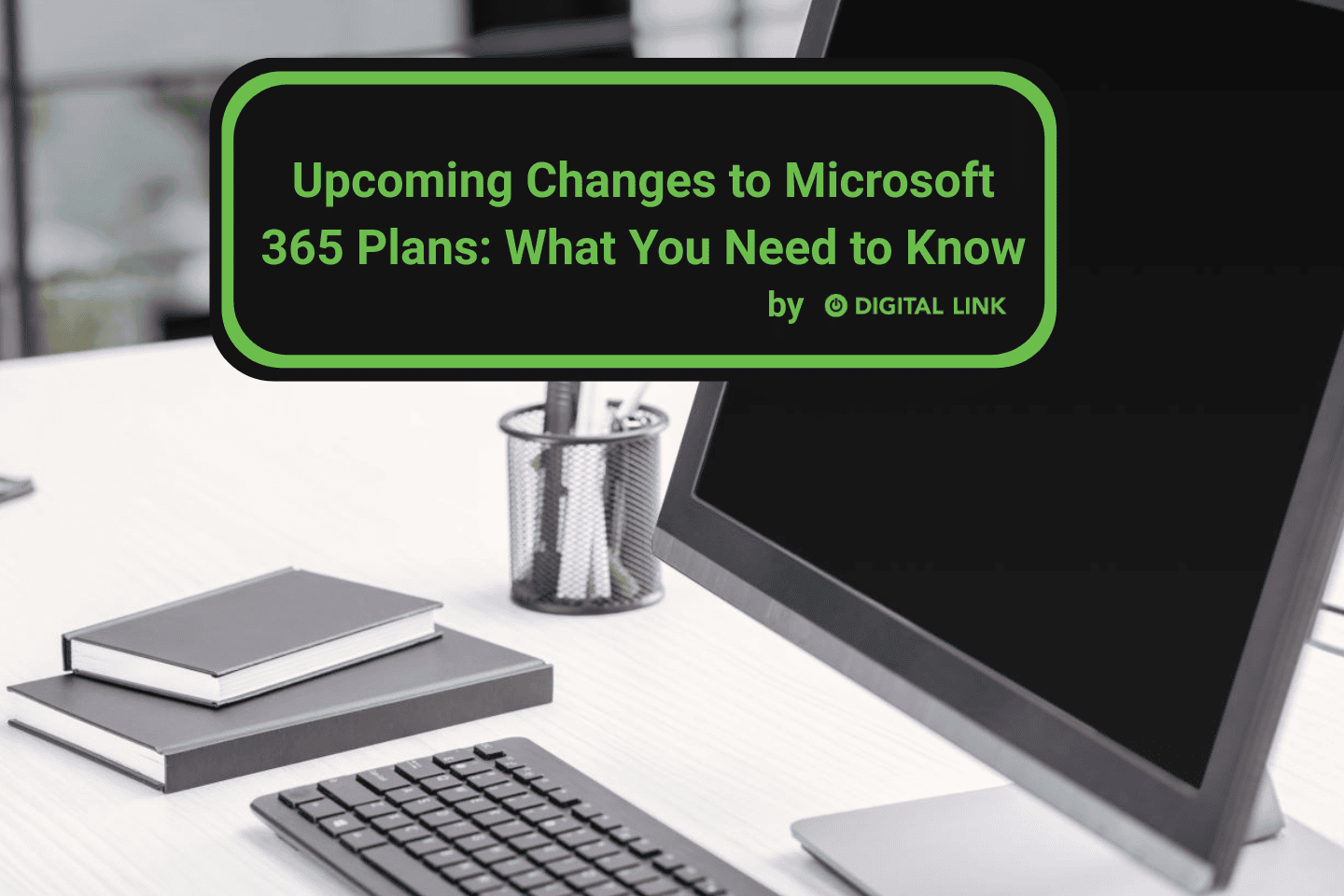
Increasing the diversity of workforces has become an increasingly important goal – unique perspectives and backgrounds create a stronger and more creative environment. It has even been shown to increase profitability. Unfortunately, unconscious bias – regardless of intention – can often stop us from hiring in an inclusive way. It’s possible that we trick our fallible brains and use technology to increase diversity in the workplace.
What is unconscious bias?
First, let’s step back and talk about how subconscious bias works. In environments that focus on the care of children, many people may instinctively seek female applicants; in a workplace where security is the focus, many people unconsciously desire male workers. While we can consciously focus on being inclusive in our hiring, these unconscious beliefs will often lead us to interpret skills and strengths in different ways. What we will usually end up with is a workforce that represents who we think will do the best job, instead of one that could provide experience we didn’t even know we were missing. That’s how we end up with 4.5% of CEOs being named David, and only 4.1% of CEOs being female. (Unless you believe in the inherent merit of Davids). When we lament that we notice our staff is dominated by one gender or one race, we often assume that is simply the way it is, instead of seeing our part in creating that reality.
How Biases Shape our World
Take, for example, the case of orchestras. Before blind auditions started, between 5% and 10% of America’s symphony orchestras were female. The people heading up auditions believed they were looking for the best candidate and assumed that they were hiring on merit alone. But unconscious bias was at least partially to blame for the male-domination of this industry. When they listened to applicants playing without actually seeing what they looked like – a blind audition – the number of female musicians that progressed to the next round of auditions grew by 50%. Other cues had to be rooted out – they had to ask the applicants to remove their shoes before auditions, so they didn’t hear the sound of women’s heels – but now, about 30% of symphonies are women.
If blind auditions aren’t an option, how do the rest of us remove our unconscious bias and diversify our workplace? Perhaps with the use of technology.
Using technology to increase diversity in the workplace
The first step is to realize that unconscious bias isn’t easy to overcome. Just planning to avoid it isn’t enough. We require help. We need to assess our weaknesses and use technology to examine our current demographics . It’s only when you see the lack of diversity that you can seek to be more inclusive.
Next, we need to look at how we are posting jobs. The language we use will determine who we attract, but also, who we unconsciously exclude. Tech companies like Textio help us write job postings that don’t unconsciously bias one gender, for instance.
Adding video interviews is another way to increase the breadth of candidates who will apply. Minority applicants, for example, have shown an affinity for video interviews. The more diverse your population of applicants, the more likely you are to see diverse hires. You also want to consider the pictures and language on your website – do they reflect inclusivity? New hires are more likely to be attracted to a business that makes an effort to attract and represent them.
Robot interviews?
Wordcloud analysis is one technology solution that might provide help. Before human eyes ever use their bias to analyze someone’s suitability, this program scans resumes for keywords that best fit the job description. A manager would simply click on a chosen word and see the resumes that best fit that requirement. This helps us get past the first phase of bias, at least, where we scan which resumes to even look at.
Another option is a preliminary interview with a ChatBot. Applicants are notified that they are communicating with a robot and asked a series of questions that assess their suitability for the work. These questions can ask about company culture, or how an applicant solves problems. Reading the responses to these interview questions can give great insight into the suitability of a candidate, without involving bias based on age, gender, race or other factors.
Are Blind Auditions Possible?
Having technology help you remove names, date of birth, addresses, and any reference to gender from resumes can also help the process. Blendoor is such a company. They allow you to “swipe” on candidates like a dating app, but only using qualifications instead of personal identifiers. GayJumpers uses online surveys and quizzes to help create as close to a blind audition as possible for businesses, so they can assess talent without introducing bias.
The limits of technology
Of course, there are many non-tech aspects that need to be addressed as well. This includes creating inclusive benefits packages and training programs. You also have to be aware that humans design technology and pass some of their biases on. And at some point, the hiring process will require a human to be involved, biases and all. But technology can help you get started to a more diverse hiring process.
Diversity in the workplace has become such a talking point that people have lost perspective about what it means. Some people assume it is just about ticking some liberal boxes for good PR; yet others feel it actually bypasses merit. But the real reason to desire diversity in the workplace has to do with the unique perspectives, ideas and innovations that many backgrounds provides. Your company can only be as good as its workers. Productivity and profitability increase as those workers diverge. If everyone you hire sees the world the same way you do, your company will only be as strong as you are.
Liked this article?
We are adding more useful articles to our blog every week! Join our subscribers to stay up to date on digital security, marketing, and social media trends.
By entering your email, you agree to receive our monthly newsletter. You can unsubscribe at any time!


